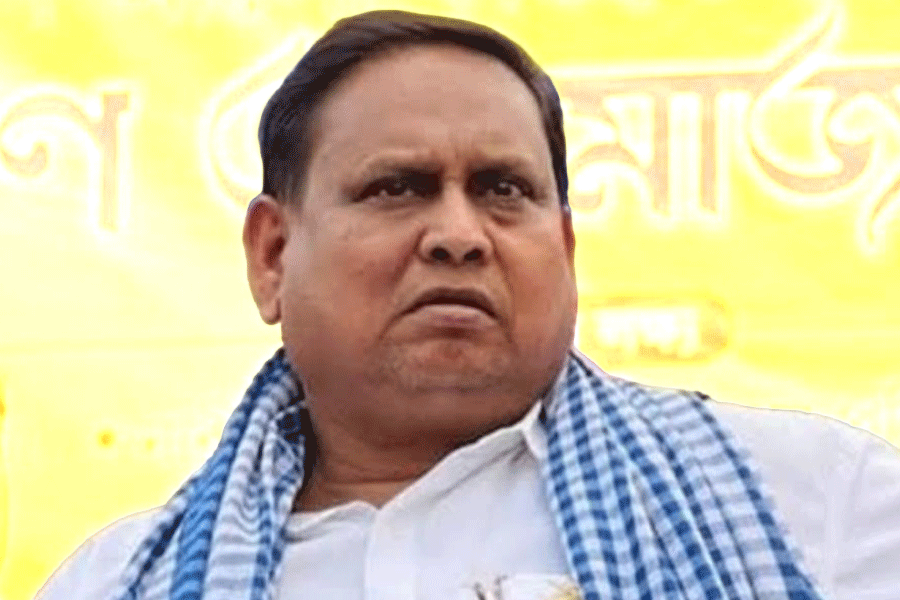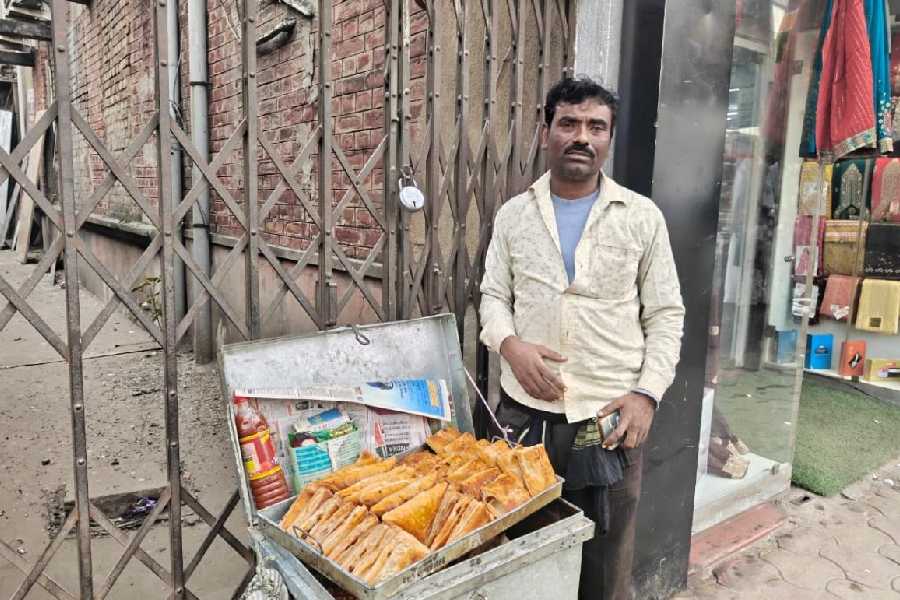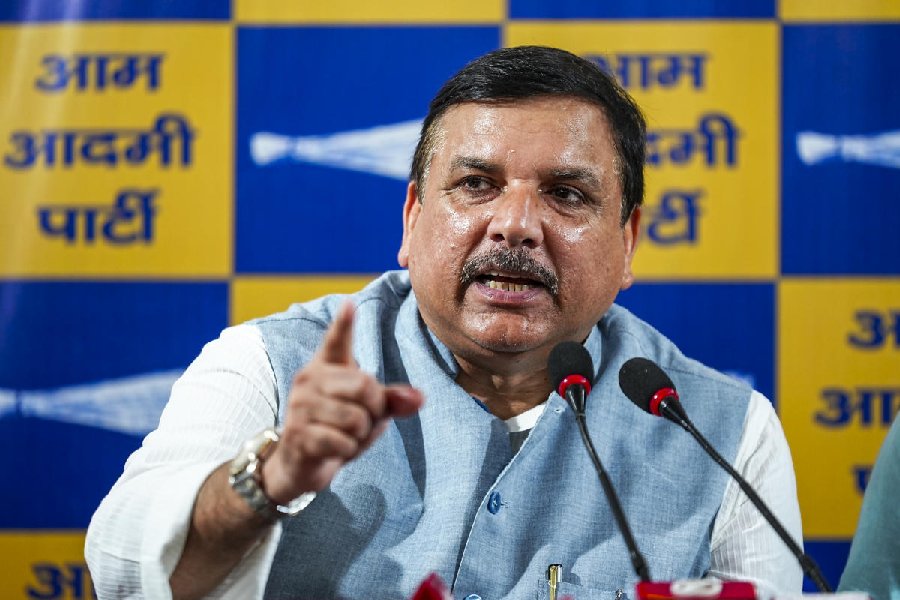Healthcare spending in India continues to be a matter of concern. According to the latest National Health Accounts report, India’s per capita healthcare expenditure at constant prices has remained near-stagnant in spite of increases in government spending and decreases in household expenditure over a six-year period. One of the principal findings of the report is that government spending as a proportion of the country’s gross domestic product has fallen to 1.28 per cent from 1.35 per cent. The total health spending — expenditure by government and non-government agents — declined from 3.9 per cent of the GDP to 3.2 per cent. The country’s per capita total healthcare expenditure had risen — marginally — from Rs 3,174 in 2013-14 to Rs 3,503 in 2016-17, but has since declined to Rs 3,314 in 2018-19. The Centre had set the goal of spending 2.5 per cent of the GDP in healthcare in its 2017 national health policy but the actual proportion of expenditure increased from 1.15 per cent in 2013-14 to 1.28 per cent in 2018-19. The share of out-of-pocket healthcare spending went down from 64.2 per cent in 2013-14 to 48.2 in 2018-19. Interestingly, a causal factor has not been attributed. This is extremely worrying in a country where 55 million, according to WHO, were pushed into poverty to meet health expenses. Could it be that people who need to seek help for healthcare are unwilling to do so because of the general economic distress?
The methodology followed to calculate OoP expenditure must be shared and deliberated upon. Moreover, it must be noted that the NHA data come after a significant lag and that the pandemic may have led to an increase in OoP expenditure. Neither the Centre nor the states must lose sight of the fact that healthcare infrastructure continues to be uneven while the disease burden is high — 61 per cent of total deaths in India can be attributed to lifestyle or non-communicable diseases. Where effective primary and preventive healthcare systems need to be put in place, the emphasis seems to be on privatisation of the sector. Government healthcare programmes continue to suffer from poor accessibility, informational asymmetry as well as mismanagement. Universal, accessible healthcare is a priority. Should India look at templates of truly public and public-funded healthcare systems to meet its goal?










